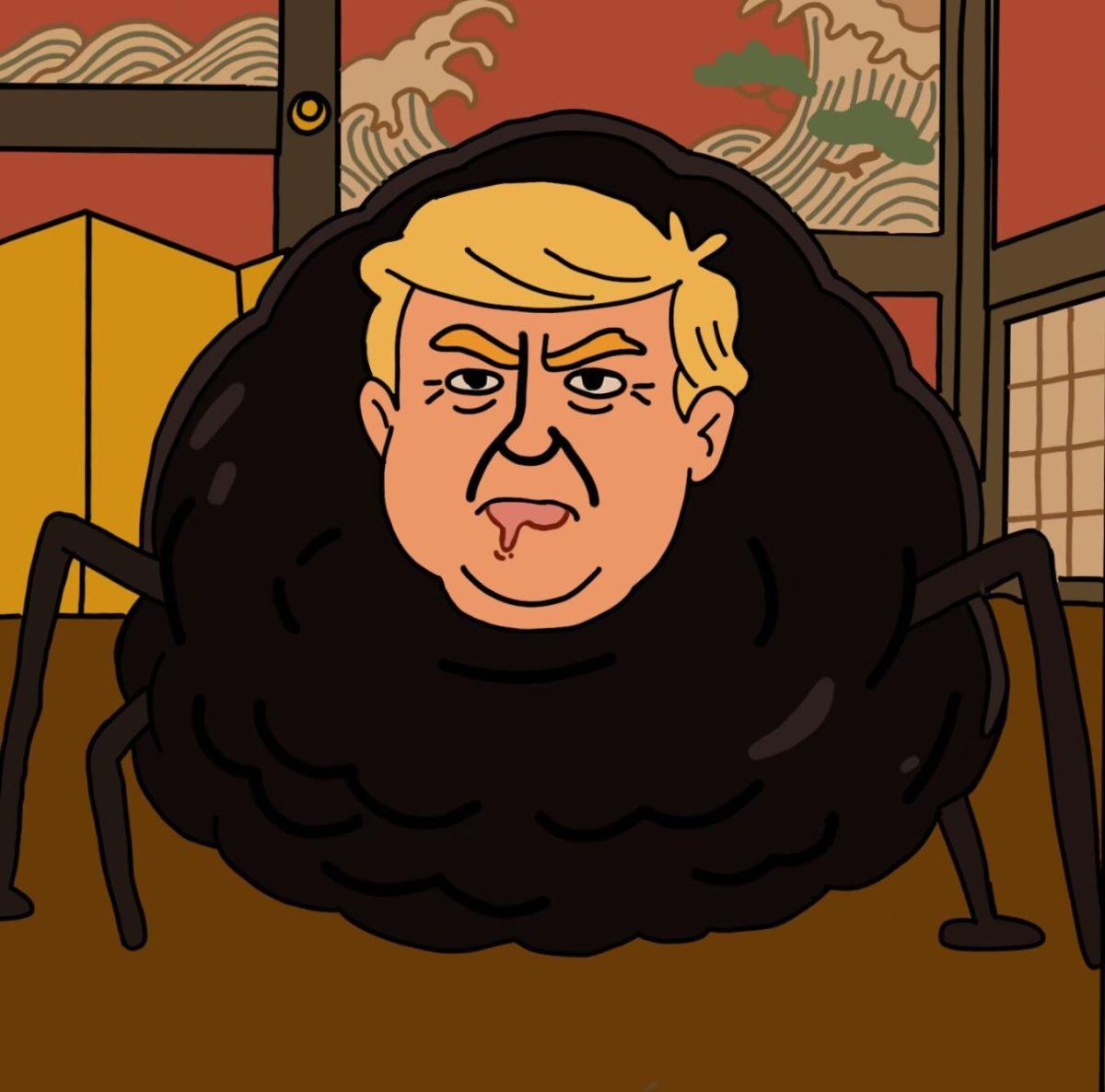I believe it is safe to say that the riot at Capitol Hill was preventable. The explicit embrace of violence that took place on Jan. 6, 2021 was a clear objection to what should be a peaceful transfer of power between presidents. Donald Trump’s continuous opposition and denial of the November 2020 election results greatly contributed to the increase in polarization between political parties.
In this case, such polarization can typically only result in one thing: Violence, an act that some members of the Republican Party demonstrated profusely under a month ago. So, how could this have been prevented? Since it is apparent we cannot trust our elected officials to enforce civility, shorter election timelines could be an adequate solution to prevent such belligerent conflict in the future.
As it currently stands, the election timeline provides a two month gap between election results and the inauguration of a new president. This period of transition is called the lame-duck period, a term originally coined to mock a duck who could not keep up with their flock. During this time, it is unlikely that the sitting president will be able to accomplish much as he is about to leave due to either electoral defeat or the constitutional term limits. So, while the president is not able to accomplish much legislative-wise, he is still able to occupy a position of power that allows him to intentionally hinder the transition of the incoming administration.
Many other democratic nations, such as Japan, Canada and Britain, run on a democratic system which allows the new head of government to be installed almost instantly after the election. While the transition period between U.S. presidents exists as a lengthy two months, other countries have a median of 33 days. This swift transition period helps to limit the lame-duck period, which consequently also helps to limit increased polarization. Democracy tends to depend on peaceful transfers of power, and other democracies are clearly doing this better than the United States.
NC State’s Student Government (SG), while at a much smaller scale than the national government, manages to transition government officers in less than a month. The transition period between incoming and outgoing members tends to happen within a matter of weeks. As a current member of SG, I have personally witnessed the efficiency of the transition period between administrations, which helps to keep an invigorated and active government. Rather than impeding on the transition, our quick turnout actually helps the incoming administration get to work right away.
Due to the COVID-19 pandemic outbreak, it proved to be especially beneficial to have such a smooth changeover in SG as to allow focus on the students’ concerns rather than each other. Within a matter of weeks, legislation (such as R146, R25 and R38) was drafted in response to the COVID-19 pandemic through a series of emergency summer meetings.
While there is never going to be a definite way to prevent such antagonistic actions from our government officials, it is clear that the shortening of the election timeline would provide further protections. As we watch other countries run way more efficiently, it is apparent that things need to change. If other democratic countries can show more effective governments which consist of a shortened transition period, it is only logical that the United States can follow. We don’t need a lame-duck period, so why keep it?














